Welcome to Gamespublisher.com! Here, we bring you easy-to-understand articles about making and publishing video games. Today, we’ll talk about something exciting: procedural generation in games. As video games become more popular, developers and publishers need new ways to create big, interesting worlds. Procedural generation helps make large, varied game worlds that keep players coming back.
Procedural generation uses algorithms, or rules, to create game content automatically. This is different from the usual way, where every detail is made by hand.
With procedural generation, games can offer different experiences every time you play. But this method has both benefits and challenges. In this article, we’ll explain what procedural generation is, how it’s used in games, and what it means for developers and players.
Understanding Procedural Generation
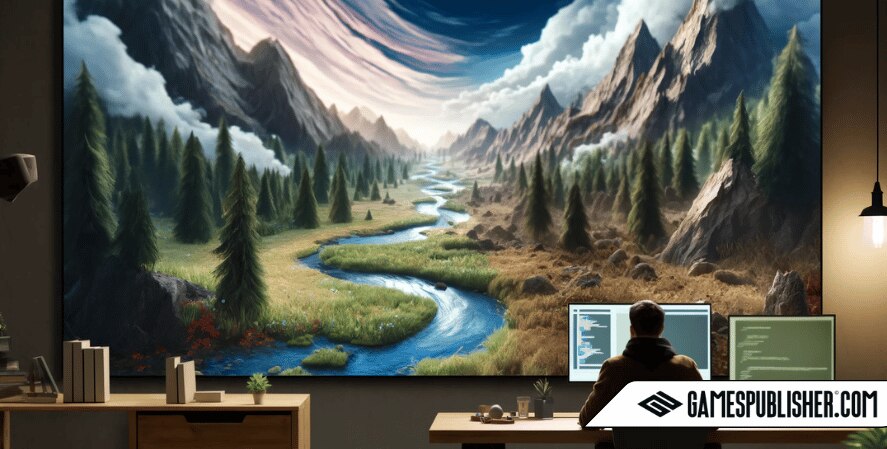
Procedural generation is a way to create game content using algorithms. Instead of a developer making every level or character by hand, the game creates them automatically. This makes the game world feel different and new each time you play.
A Short History of Procedural Generation
Procedural generation has been around for a long time. One of the first games to use it was Rogue, released in 1980. Rogue created random dungeons, which started the “roguelike” genre. Over time, the technology got better, allowing for more complex game worlds. Today, games like Minecraft and No Man’s Sky use procedural generation to create huge, unique worlds for each player.
Types of Procedural Generation in Games
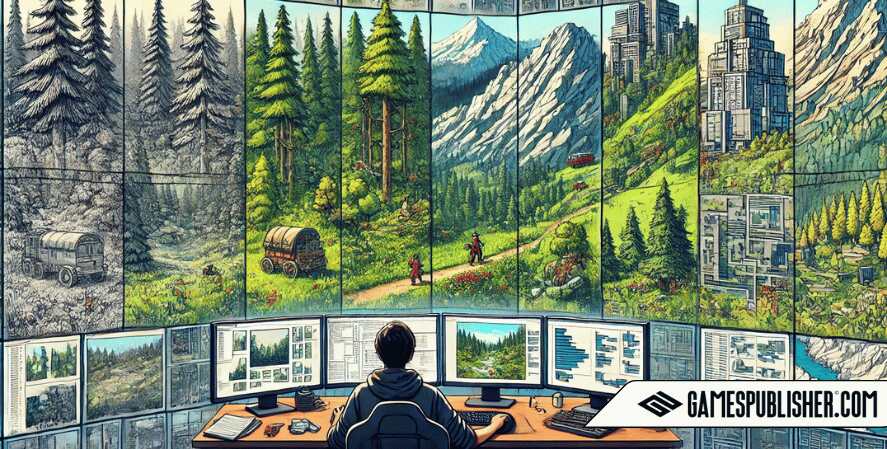
World and Level Generation
Procedural generation is often used to create worlds and levels in games. Instead of designing every detail, developers can use algorithms to build large, explorable worlds.
For example, Minecraft uses procedural generation to make endless landscapes, caves, and biomes. No Man’s Sky creates a whole universe with billions of different planets.
Character and NPC Creation
Procedural generation can also create characters and non-playable characters (NPCs). This means that characters in a game can look different or have different personalities each time you play.
Games like The Sims and Dwarf Fortress use procedural generation to make characters that look and act in unique ways. This makes the game world more fun and varied.
Story and Quest Generation
Some games use procedural generation to create stories and quests. This means that the missions and storylines can change each time you play, giving you a new experience every time.
For example, Middle-earth: Shadow of Mordor uses a system called the Nemesis System, which creates unique enemies with their own stories. Games like Diablo use procedural generation to create random dungeons and quests, so each playthrough is different.
Advantages of Procedural Generation
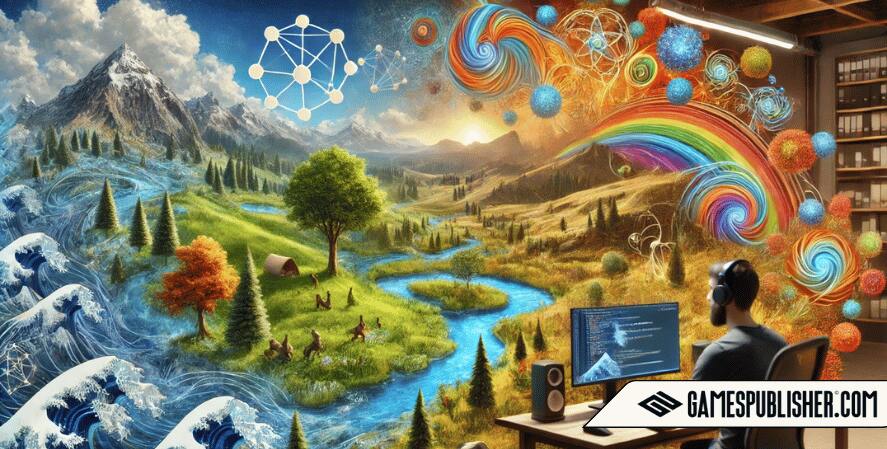
Infinite Replayability
One big advantage of procedural generation is that it makes games infinitely replayable. Because the game creates new content every time, no two playthroughs are the same.
This keeps the game fresh and exciting, so players want to keep coming back. Games like Rogue Legacy and The Binding of Isaac use procedural generation to offer new challenges every time you play.
Resource Efficiency
Procedural generation also helps game developers save time and resources. Instead of creating every level, character, or quest by hand, developers can use algorithms to make content automatically.
This allows smaller teams to create big games without needing lots of people. It also lets developers focus on the main parts of the game, like the story and gameplay, instead of spending too much time on content creation.
Keeping Players Engaged
Procedural generation can keep players more interested by adding surprises and variety to the game. When players know that each playthrough will be different, they’re more likely to stay excited about the game for a long time. This sense of discovery and the unknown can make a game more fun and keep players playing.
Challenges and Limitations
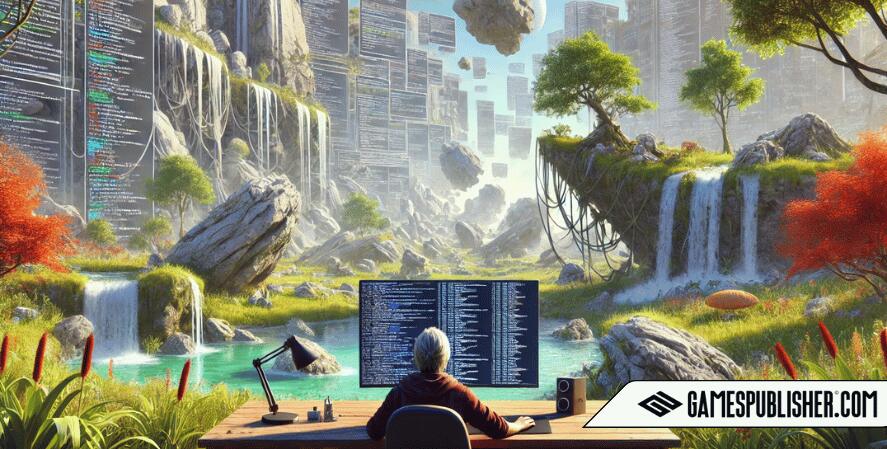
Quality Control
While procedural generation has many benefits, it also has challenges. One big issue is quality control. Because the content is created by algorithms, it might not be as polished as hand-made content. Making sure that procedurally generated levels or quests are fun requires a lot of testing and tweaking.
Technical and Design Challenges
Using procedural generation in a game is not easy. Developers need to know both the technical side and the design principles that make a game fun.
They must balance randomness with structure, making sure the game stays challenging and fun without becoming too messy. Also, procedural generation can be tough on hardware, needing powerful systems to work well.
Player Fatigue
Another problem with procedural generation is player fatigue. If the game content becomes too similar or lacks a clear story, players might get bored. Games that rely a lot on procedural generation need to balance variety with consistency, making sure the game stays fresh without losing depth or storytelling.
Case Studies and Examples
Successful Uses
Many games have used procedural generation successfully. Rogue Legacy and Spelunky are great examples of games that use procedural generation to offer challenging and replayable content. The Binding of Isaac has also been praised for combining procedurally generated levels with fun gameplay.
Lessons from Mixed Results
However, not all uses of procedural generation have been successful. No Man’s Sky is a famous example of a game that got some criticism when it first launched.
Some players felt that the game world was too repetitive and didn’t have enough interesting content. The developers, Hello Games, have made many updates to improve the game, but the initial reaction shows that relying too much on procedural generation can be risky.
The Future of Procedural Generation in Games
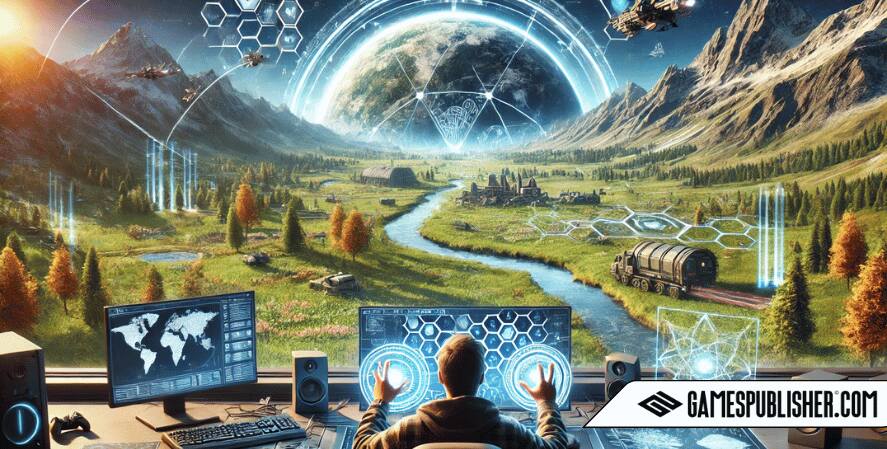
New Trends
As technology advances, so does the potential for procedural generation in games. One exciting trend is using AI (artificial intelligence) to make procedural generation even smarter.
With AI, developers can create even more complex algorithms that can adapt to how players play the game. This could lead to game worlds that change based on what the player does, offering truly unique experiences.
Predictions for the Future
Looking ahead, procedural generation will continue to play a key role in game development. As developers improve and technology advances, we’ll see more creative uses for it.
Whether it’s building big worlds, crafting stories, or designing gameplay, procedural generation can change how games are made. But the best games will likely combine it with carefully designed content, offering players the best of both worlds.
Conclusion
In short, procedural generation has many good points, but it also comes with some challenges for game developers and publishers. It makes games replayable, saves time and money, and keeps players interested. But there are also challenges, like keeping the quality high, dealing with technical problems, and making sure players don’t get bored.
As the gaming industry changes, procedural generation will remain a valuable tool. Its success will depend on how well developers use it alongside their creative ideas to make great games.
Here at Gamespublisher.com, we invite you to try games that use procedural generation and share your thoughts. Whether you’re a developer planning to use it in your next game or a player eager to explore new worlds, the future of gaming promises to be both exciting and full of surprises.
Loading survey...

